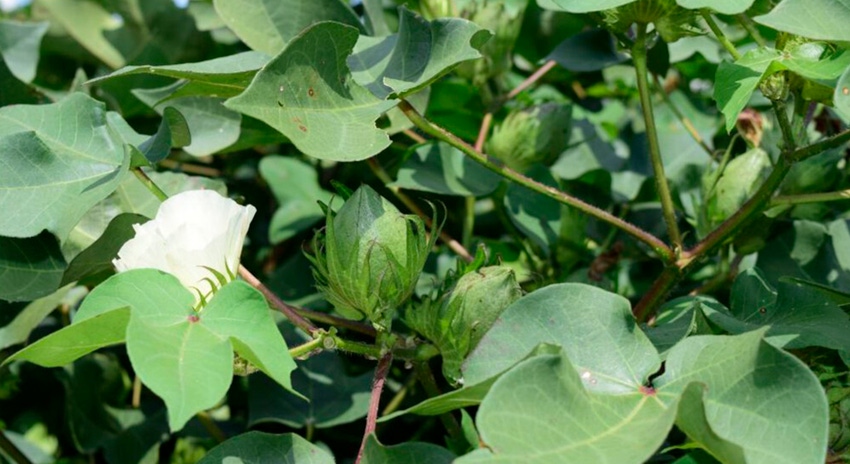March 1, 2024

Plant bugs love feeding on young, tender cotton squares. Infestations present cotton growers with a confounding scenario leading to boll shed and yield loss almost every growing season. Although boll shed can be caused by a complex labyrinth of agronomic, environmental and nutrient-related issues, Transform® WG insecticide with Isoclast® active should be your go-to plant bug control solution.
After the boll weevil was eradicated, the plant bug became the most notorious and troublesome pest in cotton. In 2020, 4.8 million acres of cotton were infested with this aggressive piercing and sucking pest. 1With more than 500 documented host plants, adult plant bugs can begin laying eggs in less than 10 days, laying 1 to 3 eggs per day. The translaminar activity of Transform WG insecticide offers excellent control of plant bugs, as well as aphids and whiteflies, by contact and by effectively reaching those pests even out of the direct line of spray.
Maintaining more than an 80% square retention rate should be your upfront goal. Because of a plant bug’s affinity for young cotton squares, spray thresholds should be more aggressive early in the season when square population is lower, especially if eight or more are found per 100 sweeps. Remember: Thresholds are general guidelines. Your consultant or crop adviser will be familiar with your region, as well as current or previous pest pressure to modify a threshold. Scouting big and small bolls is standard, but bloom tags are an often-missed location for hiding larvae. Rank, or midseason cotton with heavy vegetation, can usher in higher plant bug populations. Midseason is when you also want to start using a drop cloth rather than a sweep net for sampling plant bugs. Plant bug nymphs are more easily seen on a dark drop cloth and controlling nymph populations should be your target for control midseason.2
An integrated pest management (IPM) program, which could include using resistant varieties, managing for earliness and making timely crop protection applications when pest thresholds have been met, should be part of any environmentally and economically sustainable farming operation.
Kyle Colwell, territory manager for Corteva Agriscience, understands the importance of a well-planned and strategically directed IPM program. The farmers he works with also understand the importance and need for a proven and reliable insecticide, such as Transform® WG insecticide with Isoclast® active (sulfoxaflor), when plant bug populations exceed threshold levels.
“Transform insecticide is the standard by which entomologists compare all other insecticides. When any new plant bug control products are evaluated in field trials, they are measured against Transform WG insecticide, because it is hands down the best foliar plant bug material on the market today,” Colwell says. “I always remind farmers that penetrating cotton’s canopy with their application is critical for thorough control, so the more gallons of water per acre, the better. Ten gallons to the acre is better than five, and 15 is better than 10. But more importantly, their first insecticide product choice should be Transform WG insecticide.”
1George, J., J.P. Glover, J. Gore, W.D. Crow, and G.V.P. Reddy. 2023. Biology, Ecology, and Pest Management of the Tarnished Plant Bug, Lygus lineolaris (Palisot de Beauvois) in Southern Row Crops.
2Dr. Dominic Reisig, Professor and Extension Specialist, Entomology & Plant Pathology, NC State Extension, NC State University - Link
™ ® Trademarks of Corteva Agriscience and its affiliated companies. Transform® WG is not registered for sale or use in all states. Contact your state pesticide regulatory agency to determine if a product is registered for sale or use in your state. Isoclast® is a registered active ingredient. Always read and follow label directions. ©2024 Corteva. 019156 BR (02/24) CAAG3TFRM057
You May Also Like





